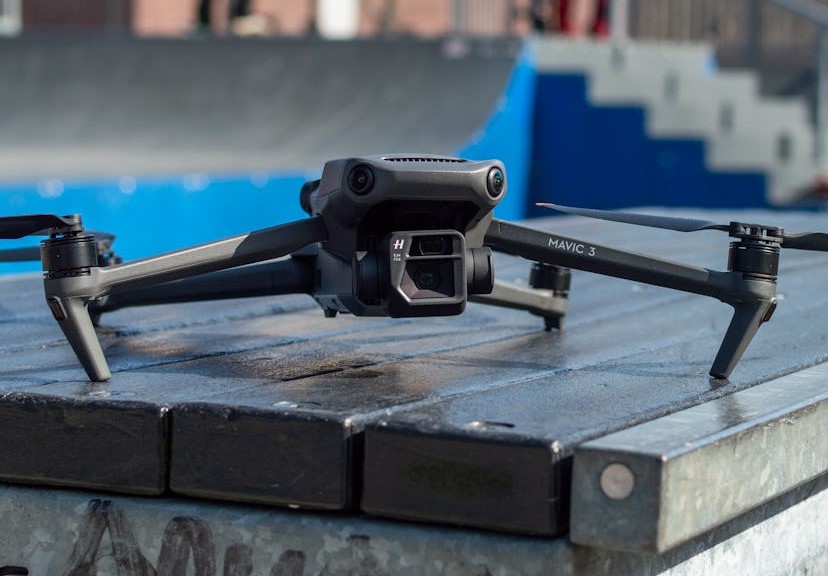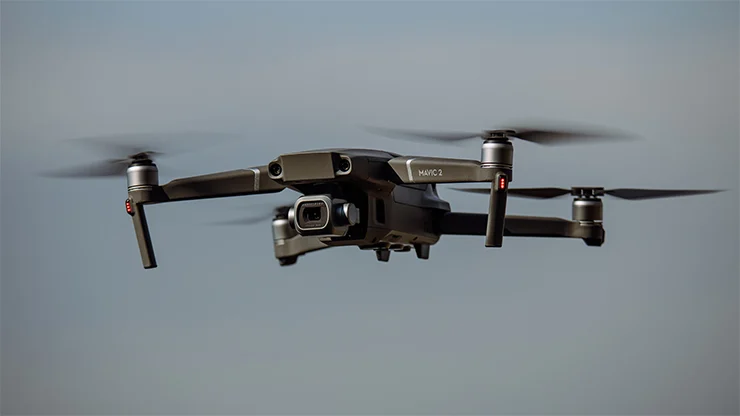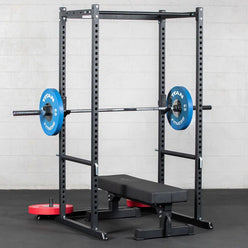The DJI Mavic 3 is more than just a foldable flagship drone—it’s a game-changer for aerial photography and videography. Packed with cutting-edge technology, professional imaging tools, and unmatched flight performance, this drone raises the bar for both hobbyists and professionals. Since its launch in late 2021, it has become DJI’s most advanced consumer drone yet. Sleek Design and Intelligent Build At first glance, the Mavic 3 resembles earlier models. However, DJI has reimagined its design from the inside out. The drone is now lighter and more aerodynamic, reducing drag by around 35%. Thanks to its foldable arms and streamlined body, it offers quieter, more efficient flights. Despite weighing just 895 to 900 grams, it doesn’t sacrifice performance. In fact, its compact form makes it easier to carry, store, and launch—making it ideal for creators on the move. Dual-Camera Powerhouse What truly sets the Mavic 3 apart is its powerful dual-camera system. Additionally, the Hasselblad Natural Colour Solution (HNCS) guarantees true-to-life colors straight from the camera—no heavy editing needed. Flight Time and Performance In terms of flight performance, the Mavic 3 leads the pack. It offers up to 46 minutes of flight time in optimal conditions—far surpassing most consumer drones. Even under real-world scenarios, users often report close to 40 minutes of steady, stable flight. Top speeds reach up to 21 m/s (roughly 47 mph) in Sport Mode, and the drone performs confidently in winds up to 12 m/s. Plus, with a maximum operating altitude of 6000 meters, it’s ready for high-elevation missions. Thanks to DJI O3+ transmission, users enjoy a sharp 1080p/60fps live video feed with up to 15 km range, ensuring smooth, reliable communication at all times. Smarter Flying with Safety in Mind Safety and intelligence go hand-in-hand with the Mavic 3. Its omnidirectional obstacle sensing system combines eight vision sensors for 360° awareness. These work alongside Advanced Pilot Assistance System (APAS) 5.0, which helps the drone automatically dodge obstacles or stop when necessary. Another standout is ActiveTrack 5.0, allowing you to lock onto moving subjects—even through trees or complex terrain—with impressive precision. Furthermore, the drone connects to global satellite systems like GPS, GLONASS, Galileo, and BeiDou for accurate positioning. On enterprise versions, RTK support offers centimeter-level accuracy for mapping or inspection work. Meanwhile, the upgraded Return to Home (RTH) scans the flight path up to 200 meters ahead to plan the safest route back. Versions for Every User We’ve already explored this for you—so you don’t have to. Take a look at these articles where we break down the different Mavic 3 models DJI offers to suit a variety of needs. Additionally, the DJI Smart Controller boosts usability with its built-in screen and extended range. You can also choose a Fly More Combo, which bundles extra batteries, ND filters, and carrying cases for longer sessions. Real-World Experience and Visual Excellence Many users rave about the Mavic 3’s image quality and flight stability. The larger sensor and adjustable aperture let you shoot in all lighting conditions, while the zoom camera makes it easier to stay safe when capturing distant details. The drone’s battery life consistently surprises, often reaching close to the promised 46-minute mark. Plus, the obstacle avoidance system builds confidence during complex flights—though in dense forests, its navigation can still act unpredictably. Final Thoughts: Is the Mavic 3 Worth It? Without a doubt, the DJI Mavic 3 is a powerhouse. It combines top-tier image quality, smart flight features, and long-range capability—all in a foldable, portable frame. Whether you’re a filmmaker, photographer, inspector, or drone enthusiast, this drone gives you the creative freedom to push your limits. Although its price point is high, the Mavic 3’s value is equally impressive. It’s not just a tool—it’s a complete solution for capturing stunning aerial content with precision and ease. comparison DJI Mavic Pro (1st Gen) The original Mavic Pro weighs about 743 grams and offers a maximum flight time of around 27 minutes. It features a 12 MP camera with a 1/2.3” CMOS sensor capable of shooting 4K video at 30fps. It has forward and downward obstacle sensors and uses the OcuSync 1.0 transmission system, providing a range of up to 7 kilometers. It includes 8GB of onboard storage plus microSD support. This model is great for entry-level prosumers and general use. DJI Mavic Pro Platinum The Mavic Pro Platinum shares the same weight and camera specs as the original Mavic Pro but improves flight time to about 30 minutes and offers quieter flight. It retains the same obstacle sensing and transmission system as the original. It’s ideal for users wanting a slightly longer flight and quieter operation without changing the core features. DJI Mavic 2 Zoom Weighing 907 grams, the Mavic 2 Zoom offers a 31-minute flight time. It features a 12 MP 1/2.3” CMOS camera with a 4× zoom capability (2× optical and 2× digital). It has omnidirectional obstacle sensing with 10 sensors and uses the OcuSync 2.0 transmission system with an 8 km range. This drone is perfect for those who want versatile zoom capabilities for creative shots. DJI Mavic 2 Pro Also weighing 907 grams and offering a 31-minute flight time, the Mavic 2 Pro is equipped with a 20 MP Hasselblad camera featuring a larger 1” CMOS sensor. It supports 4K video at 30fps with HDR and Hyperlapse features. Like the Zoom, it has omnidirectional obstacle sensing and OcuSync 2.0 transmission with an 8 km range. This model is favored by prosumers seeking high-quality imaging. DJI Mavic 3 The Mavic 3 weighs approximately 895 grams and boasts an impressive flight time of about 46 minutes. It features a dual-camera system: a 20 MP 4/3” Hasselblad sensor and a 12 MP telephoto lens. Video capabilities include 5.1K at 50fps and 4K at 120fps, with advanced color science from Hasselblad. It has omnidirectional obstacle sensing in six directions and uses the O3+ transmission system with an 8 km range. This drone is designed for professional cinematography. DJI Mavic 3 Classic Very similar in weight and flight time









